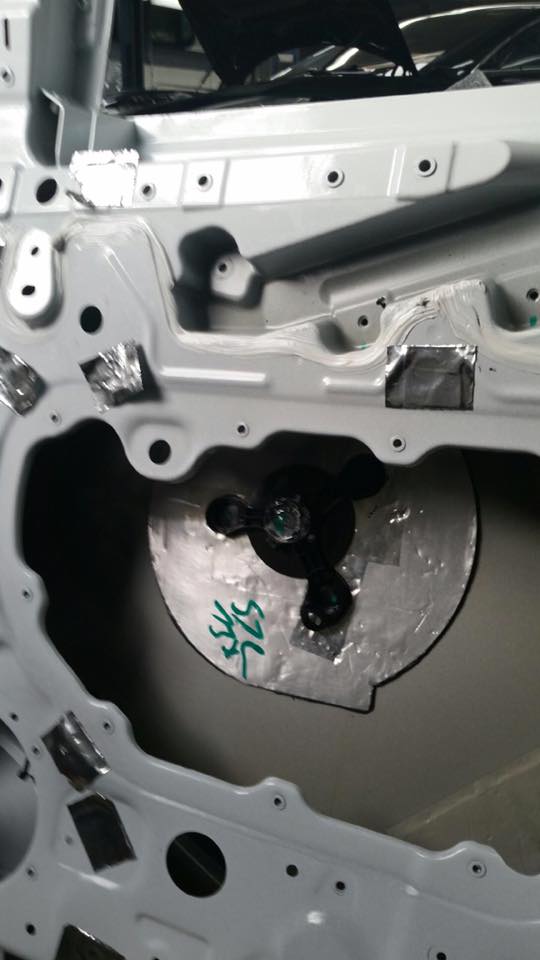
These rear doors are designed with sensors and safety mechanisms to ensure the safety of passengers, especially when they’re opening or closing. One important safety feature is the pinch sensor.
The Falcon Wing doors have multiple sensors, including ultrasonic sensors, capacitive sensors, and a variety of safety mechanisms to detect obstacles and prevent accidents. These sensors work in concert to prevent the doors from hitting or pinching objects, including people, as they open and close. The pinch sensor specifically plays a role in this safety system.
Here’s how the pinch sensor generally works:
1. **Detecting Obstacles:** The pinch sensor is designed to detect any obstructions in the path of the door while it’s in motion. This can include objects like walls, posts, and even fingers or hands.
2. **Immediate Response:** When the pinch sensor detects an obstruction, it sends a signal to the door’s control system. The door will stop or reverse its movement to prevent any potential pinch points.
3. **Preventing Accidents:** The primary purpose of the pinch sensor is to ensure that the door does not accidentally close on or pinch an object, which could result in damage to the door or, more importantly, injury to a person.
Tesla’s Falcon Wing doors are designed to be practical and safe, and the pinch sensor is a crucial element of this safety system. It’s important for both the convenience and safety of those using these unique doors, especially in tight parking spaces or when children may be nearby. However, as with any vehicle feature, it’s essential to use them carefully and be aware of their operation to avoid accidents or damage. If a Paintless Dent Repair Tech damages the sensor or mounting area these will lead to very costly repairs!
The black part is the sensor, and the round foil area is what it mounts and aligns to. No repairs should be done in this area.
